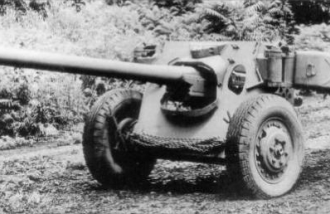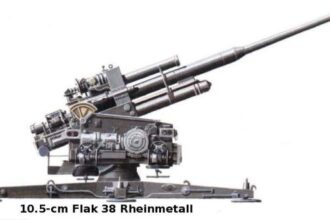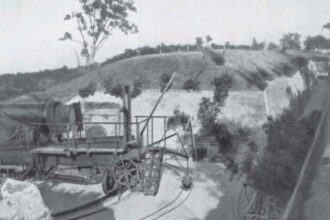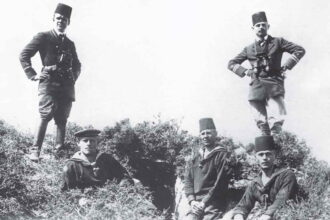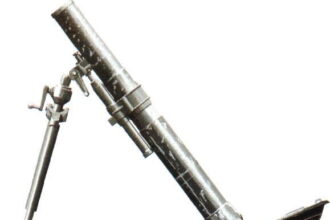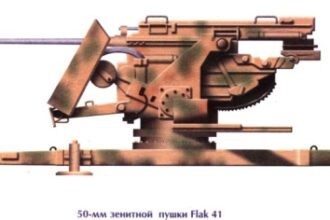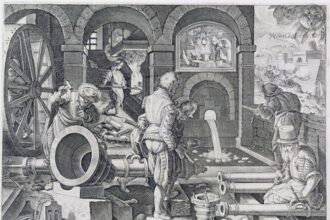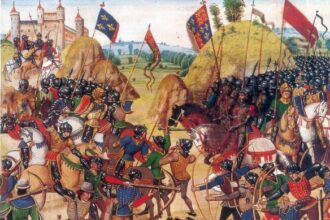Newsletter
Get the latest from Weapons and Warfare right to your inbox.
Follow Us
Explore
Artillery
2S4 Tyulpan [SM-240(2S4)]
The Soviet forces used the 240mm 2S4 self-propelled Tyulpan mortar for the first time in combat in Afghanistan. It is a particularly accurate weapon when it fires the laser-guided Smel’chak round. Introduced in 1970, the 2S4 mounts a 240mm breech-loading mortar on a tracked vehicle based on the GMZ minelayer chassis. The mortar, complete with baseplate, lies along the length…
Most Recent
The Sea Battles for the Dardanelles I
Fort Seddulbahr before the bombardment on 19 February 1915. Reconstructed Turkish heavy gun site at the Dardanelles Straits before the bombardment by the British and French fleets Turkey’s entry into the war on the side of the Central Powers did not bring about the strategic advantage for which Germany had…
The Sea Battles for the Dardanelles II
A naval artillery observation post on land: standing left, Lieutenant Franz Wodrig, right Lieutenant Rolf Carls. Meanwhile, a major Allied landing operation at Kumkale on 3 March underlined the urgent nature of the munitions question. The almost 400 man strong landing detachment of the Royal Marine Light Infantry was, however,…
Mortars on the Eastern Front
The Soviet 120-HM 38 was one of the most successful mortar designs of World War II, and was even copied direct by the Germans for their own use. It combined heavy firepower and mobility and often replaced support artillery with some formations. It was simple and easy to use in…
5 cm FlaK 41 & 5.5 cm Gerät 58
The 5-cm (1.97-in) Flak 41 was one of the least successful ofall the German anti-aircraft guns, for it had excessive recoil and flash and the carriage traversed too slowly. Despite their shortcomings, 60 were used until the war ended. In World War II air warfare terms there was an altitude…
CASTING CANNON
While barrels for small artillery pieces were easily cast as early as the 13th century, most larger cannon and the great bombards were constructed by the hoop-and-stave method. It was not until improved casting techniques and mature foundries were developed that large barrels could be made as single pieces of…
Medieval Armor And Weapons
Cold Steel Arms: Axe heads, maces, morningstars The armor worn in France throughout the medieval period was directly derived from that worn in the Migrations Period by the leaders of Germanic war bands, and its basic structure, which included a shield, helmet, and coat, changed little between ca. A. D.…
Most Popular
Artillery of the Middle Ages
The earliest written evidence for the cannon is found in the ordinances of Florence for…
IMPERIAL RUSSIAN ARMY – RUSSO–JAPANESE WAR
On the eve of the Russo–Japanese War, Russian land forces were the biggest in the…
American Civil War Rail-Weapons
From the very beginning of the war, the employment of railway batteries in the form…
French Artillery – Napoleonic Wars III
The artillery of the Imperial Guard, which grew into the Grande Armée’s artillery reserve, had…
![2S4 Tyulpan [SM-240(2S4)] 2 2S4 Tyulpan [SM-240(2S4)]](https://weaponsandwarfare.com/wp-content/uploads/2024/01/2S4-Tyulpan-SM-2402S4-584x410.jpg)
